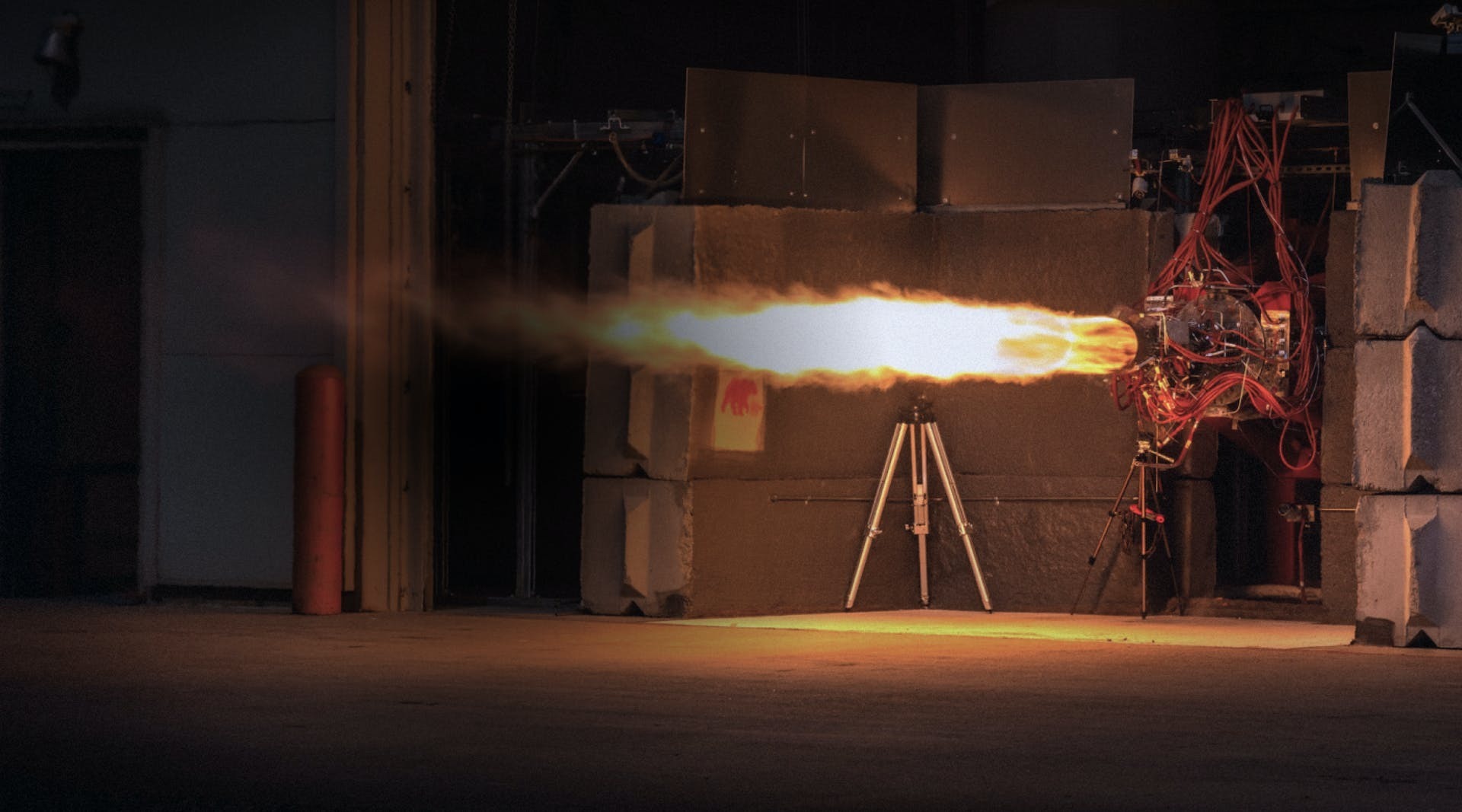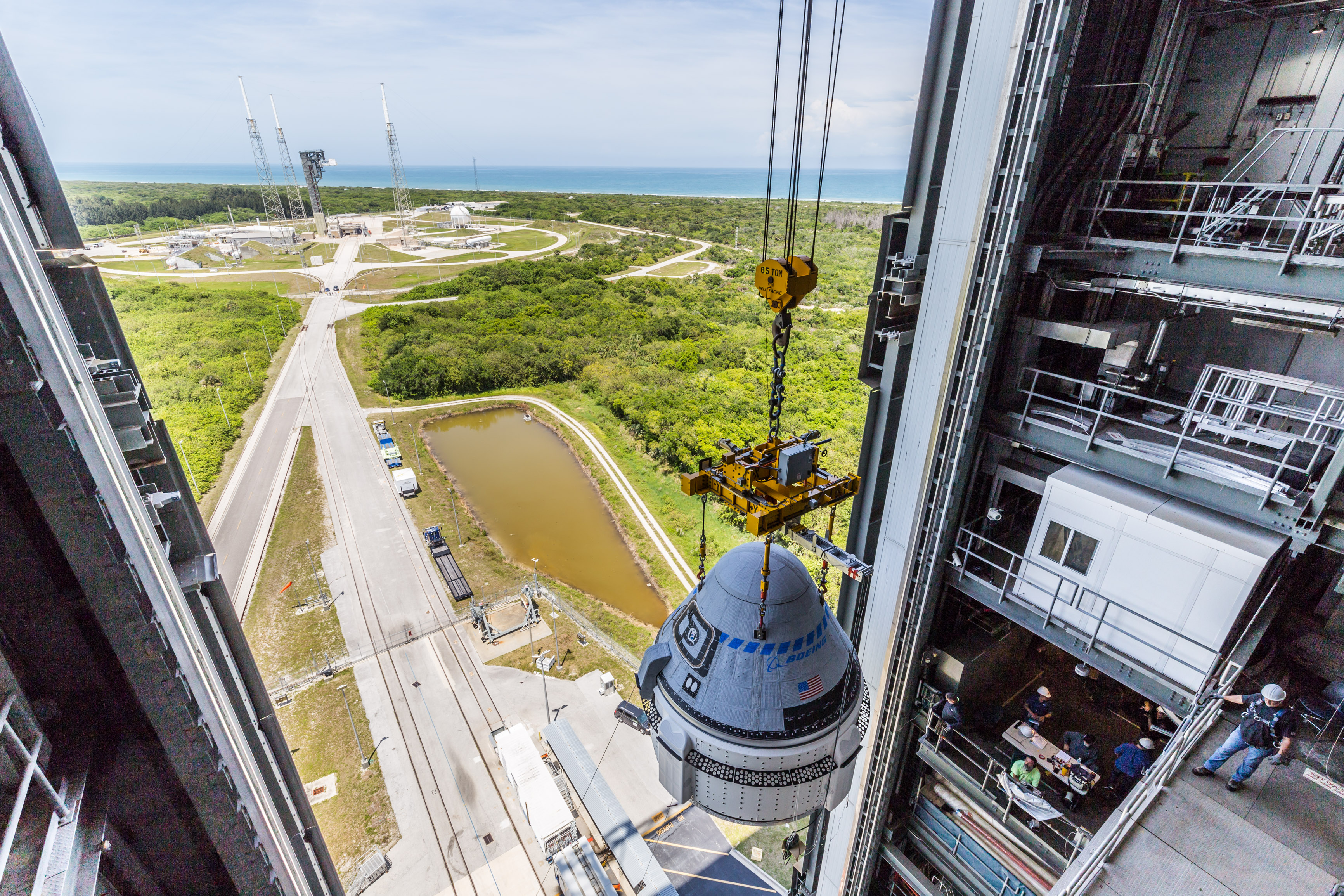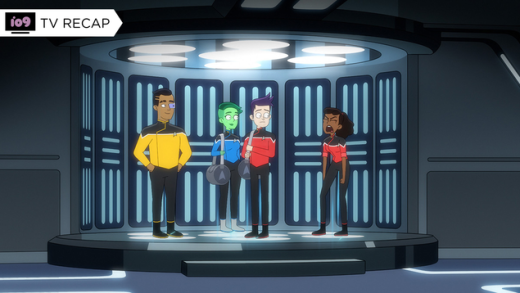Hello and welcome back to Max Q.
In this issue:
- Rocket Lab’s milestone booster recovery
- Ursa Major and Phantom Space
- News from NASA, SpaceX and more
Don’t forget to sign up to get the free newsletter version of Max Q delivered to your inbox.
Rocket Lab briefly catches booster mid-air using helicopter for the first time
Rocket Lab achieved a landmark victory in its quest toward full reusability by briefly catching the Electron first stage in mid-air via a helicopter. While the recovery was not without its issues — the helicopter dropped the booster into the ocean shortly after attaching to it — it’s a successful step forward for company.
The “There and Back Again” mission also successfully deployed 34 payloads to space for customers, including Aurora Propulsion Technologies, Spaceflight Inc. and E-Space.
“After the catch the helicopter pilot noticed different load characteristics than we’ve experienced in testing,” Rocket Lab’s senior communications advisor Murielle Baker said. “At his discretion, the pilot offloaded” the booster, where it was recovered via a waiting ship, she added.
The company has been working toward this first full test of its recovery plan for months, including a mission last November that stationed a helicopter near the booster’s ocean splashdown point.
Image Credits: Rocket Lab
You can rewatch the launch on Rocket Lab’s YouTube channel here.
Ursa Major lands order from Phantom Space for hundreds of rocket engines
Hundreds of rocket engines manufactured by startup Ursa Major will be going to space company Phantom Space over the next few years, part of a massive order that reflects Phantom’s bullish stance on the small launch market.
“We placed the order based on how far out we could see the demand, and we see the demand as pretty strong and growing,” Phantom co-founder Jim Cantrell told TechCrunch in a recent interview. “We’re putting our money on the small mass manufacture of mass-produced launchers as being both the more cost effective and ultimately, the more efficient way to get small satellites into orbit.”
Both Phantom and Ursa represent a different approach to the launch market, one that relies more on stable supply chains, mass manufacturing and a horizontal ecosystem rather than the vertical integration typically found in the aerospace industry. Joe Laurienti, who founded Ursa in 2015, previously worked on propulsion at both SpaceX and Blue Origin — two strong “New Space” examples of the kind of vertical integration Ursa and Phantom eschew.
Phantom has put in an order for more than 200 engines from Colorado-based Ursa, the startup’s largest single order to date. Ursa has developed two engines: the Hadley, which has 5,000 pounds of thrust, and the larger Ripley, which can generate 50,000 pounds of thrust. Phantom has purchased both types of engines for its two rocket types under development, dubbed Daytona and Laguna. If all goes to plan, Phantom anticipates the first batch of these engines taking flight as early as next year, with the inaugural test flight of the small-lift, two-stage Daytona.

Image Credits: Ursa Major
More news from TC and beyond
- Boeing‘s beleaguered Starliner spacecraft is “performing great” and ready for the long-awaited May 19 launch, executives said during a media briefing.
- Crew-3 astronauts, the quartet that’s been aboard the International Space Station since November, departed from the station in a SpaceX Dragon capsule and splashed down back to Earth on Friday.
- NaraSpace Technology, a South Korean startup developing high-resolution imaging nanosatellites, closed a 10 billion won ($7.88 million) Series A round.
- NASA Administrator Bill Nelson denounced cost-plus contracts in favor of fixed-price contracts, which he said save money and promote competition, during a Senate subcommittee hearing on the agency’s FY23 budget proposal. Under cost-plus contracts, companies are awarded for their expenses plus an additional fee, while fixed-price are…well, exactly what they’re named.
- Rocket Lab’s next launch will be a cubesat for NASA called Cislunar Autonomous Positioning System Technology Operations and Navigation Experiment (CAPSTONE), now that issues with the kick stage of Rocket Lab’s Photon satellite bus have been resolved, SpaceNews reported.
- Satellogic signed a multi-launch agreement with SpaceX for 68 Earth observation satellites.
- Space Launch System, NASA’s multibillion-dollar rocket, will likely get a chance at another wet dress rehearsal in the first half of June, with a launch attempt in August, pending the wet dress, NASA’s Jim Free told reporters.
- SpaceX activity at its Starbase in southeastern Texas has already been correlated with a decline in numbers of a migrant bird species, according to documents from the U.S. Fish and Wildlife Service obtained by CNBC via a Freedom of Information Act request.
- SpaceX’s Starlink should be subject to an environmental review before expanding its constellation of broadband satellites, competitor Viasat told regulators.
- Starlink now has a portability feature that lets customers “temporarily” move their service to different locations within the same continent as their service address, for $25 a month.
- Stratolaunch successfully concluded the fifth test flight of Roc, its carrier aircraft that the company envisions as a launchpad for hypersonic flight.
- World View, a space tourism company developing a stratospheric space balloon ride, said it hit 1,000 reservations this week. Each reservation costs $500, for flights costing $50,000.
Photo of the week

Boeing’s Starliner spacecraft being hoisted atop ULA’s Vulcan rocket. Image Credits: United Launch Alliance.
Max Q is brought to you by me, Aria Alamalhodaei. If you enjoy reading Max Q, consider forwarding it to a friend.














